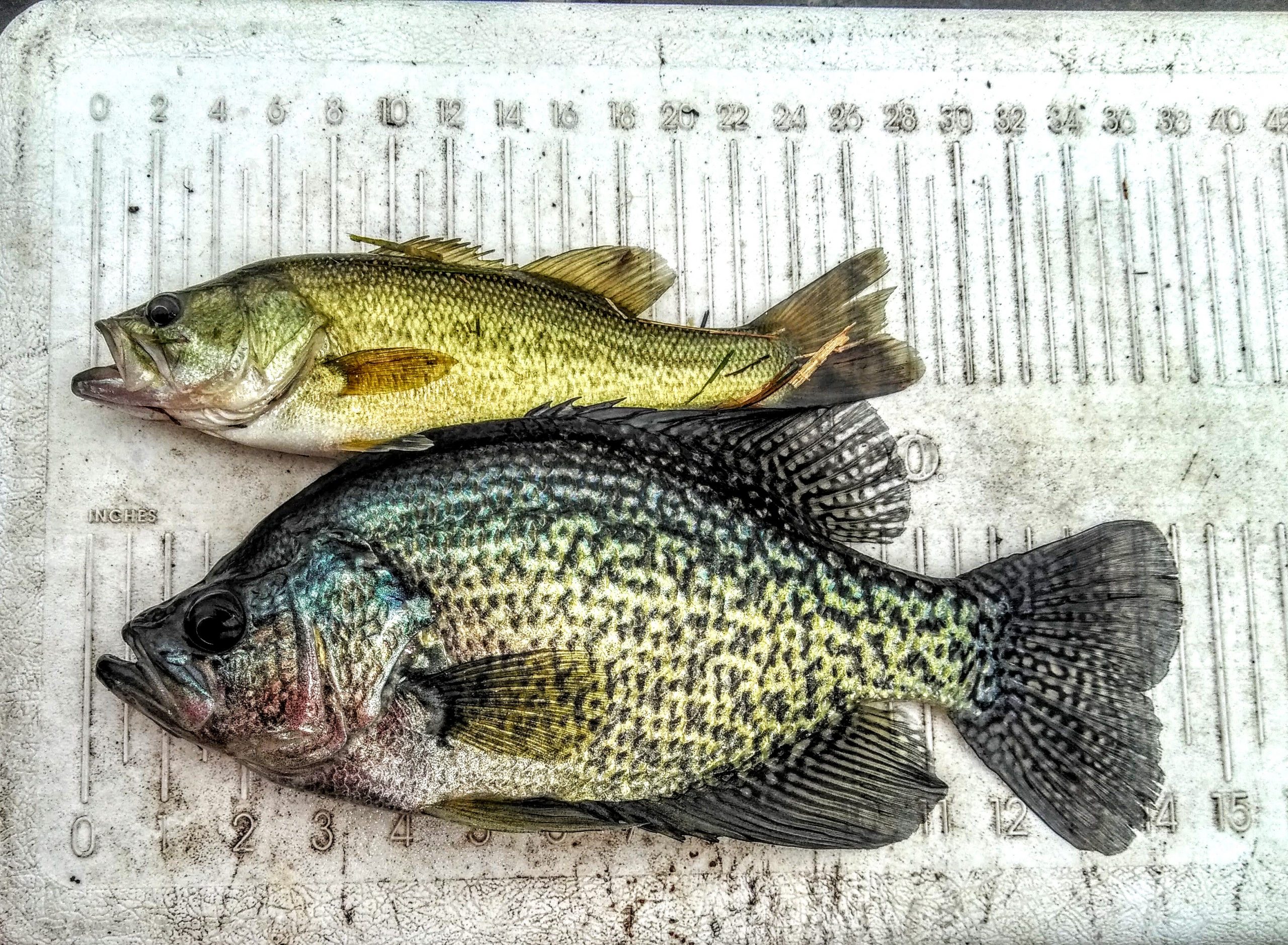By Taylor Wilson
Let me give you some words, Kentucky Lake anglers: Asian carp.
OK, the panic mind-set of most has already placed something in your head akin to a B-grade movie monster, right?
But is it as bad as it seems?
Tennessee Wildlife Resources Agency (TWRA) Regional Fisheries Manager Tim Broadbent says there are some misconceptions surrounding the Asian carp situation at Kentucky Lake.
He says sure, there is a problem having the invasive species in State waters. But in relation to fishing success for Kentucky Lake favorites, bass and crappie, Broadbent believes the carp problem may be overblown at this time. And as a result, the lake’s public image through the eyes of anglers has taken a needless beating.
“A few of the guys in some big tournaments went on social media and mentioned the carp jumping in their boats, and it appears to have kind of went from there,” Broadbent said.
Obviously, the carp are in the lake, and TWRA and other groups are working on answers, research, management plans, etc. But the big question is: Have Asian carp really affected fishing as much as some public opinion seems to believe?
Broadbent noted that fishing on large reservoirs is always going to be cyclic. TWRA data shows that bass fishing on Kentucky Lake was phenomenal for 15 years, while taking a downturn in recent years. And this lull may indeed be a natural cycle, and not caused by the carp.
“Most likely the first fish to be influenced the most by carp would be shad, paddlefish, buffalo, etc. because they share the same diet,” Broadbent said. “And we (TWRA) haven’t seen that, especially when looking at the diet of crappie and bass—shad.”
He added the data-based indication is that the lull is most likely a natural down cycle which Kentucky Reservoir has experienced in past years. Bass and crappie have experienced a couple of good recruitment years since 2015, even with the presence of Asian carp.
Most anglers agree that fishing success is dictated over the long-term by spawning conditions. Along that line, Broadbent added, “For bass (at Kentucky Lake) we had really good recruitment in 2014 and 2017. The years of 2015 and 2016 were a little below average.”
Crappie fishing has been good since last fall and even though at press time, bass fishing had yet to go full steam at the reservoir, bass fishing should improve. Bass recruitment was good in 2014 and 2017, and during surveys last year, lots of little bass were seen during electrofishing surveys.
Regardless, as a result of a large public opinion angler participation on the reservoir has gone down. In some cases, fishing pressure was almost cut in half, especially among bass anglers, and crappie fishing pressure has fallen off as well.
Broadbent said that traditionally the data collected for Kentucky Lake has nearly always been a near mirror image of Barkley. However, TWRA studies have indicated carp populations are slightly denser on Barkley.
One regret he shared with MSHFN was the failure of club tournaments to participate in the TWRA’s Bass Information from Tournament Entries (B.I.T.E.) program, a data-collection tool.
“It’s a program that got early participation, but that fell off. It is not that difficult for clubs to participate. They can simply input their information online, but for whatever reason clubs haven’t seemed interested. It could be beneficial,” he said.
Clubs interested in providing information to B.I.T.E. can do so at www.tn.gov/twra/fishing/reservoirs/bite.html.



